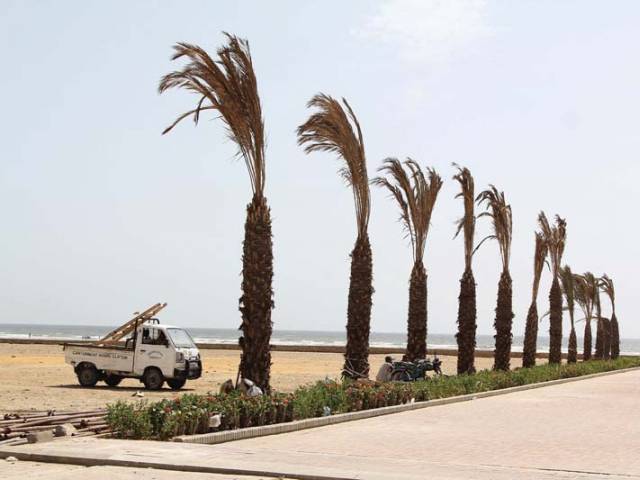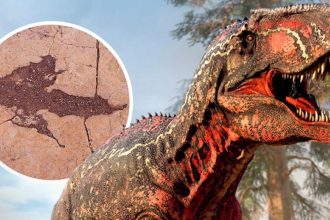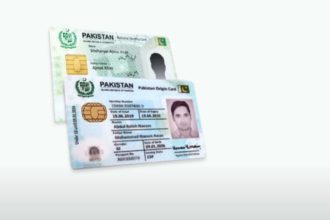Even though a year has passed the terrible worst heat wave that killed more then a thousand people, the 20 million residents of the sprawling city still wait for the implementation of government’s promise to plant three million trees, it emerged on Wednesday.
A hefty sum was arranged by the authorities to improve the city’s environment through the tree plantation campaign after the heatwave had killed over 1,300 people last year, said Sindh government officials.
“The amount, however, lapsed for some reason,” said an official without elaborating.
Sources said the campaign announced by the then provincial minister, Sharjeel Memon, was thrown into cold storage after the minister found himself entangled in charges of graft and moved abroad, eventually losing his job.
A senior official said: “We have kept enough money for similar causes in Karachi and elsewhere in Sindh in the coming budget.”
However, in total contrast to the official claims, new plants are hard to be seen while the old ones being cut is a common sight. The existing trees are being cut for the reasons ranging from bad planning to security hazards. Experts said when it came to strengthen security in the country, trees were the first victim to be targeted. A large number of trees, including Banyan, Neem and Conocarpus, have been felled by government and private organisations for security reasons — a phenomenon that started after the death of 150 people in the attack on army-run school in Peshawar some two years ago.
However, bad planning on part of the authorities concerned is another reason for the felling of trees.
Eucalyptus had been imported from Australia after the Fall of Dhaka when the country suffered a huge crisis in provision of paper and pulp that had stopped coming after the cessation of former East Pakistan.
Dr Tahir Qureshi, eminent forester and coastal ecosystem expert affiliated with the IUCN – the World Conservation Union, said it took a few years when eucalyptus’ hazards emerged, particularly in the urban centres. That water-intensive tree blocked the sewerage system and pummelled the water conduits.
Experts said a eucalyptus tree consumed 90 litres of water a day with the result that the level of groundwater in Karachi and several other cities decreased by twice or more from the previous levels. Yet the tree is in huge demand in the country for its utility in Pakistan’s paper and pulp produces. It can be seen lined in large numbers in North Nazimabad and other neighbourhoods.
An official said: “Public is informed time and again to avoid planting of eucalyptus tree on potential lands, as planting of eucalyptus on marshy and marginal areas is usually prescribed.”
Officials said the authorities decided to cut most of eucalyptus trees to save the mains and sewerage systems. Then they did another experiment during the tenure of military dictator, retired general Pervez Musharraf, by planting thousands of date palm trees along Sharea Faisal and the Clifton beach.
“Without realising that date palm trees can only be planted along shoreline through a particular technology that some Western and other developed countries have, our authorities planted them here in a fashion they normally do for any other tree and they met the worst disaster eventually,” said Dr Qureshi.
The authorities then went on hunting Conocarpus, also known as the Ethiopian Teak, which have been planted in many parts of Karachi. This fast growing tropical specie has seen 10 years of existence in the city and are a success despite being propagated as the trees that produce toxins which inflict allergies in humans and kill other flora. However, some experts and citizens disagree with it.
“Conocarpus has passed a decade in many parts of Karachi, the trees brought out blossoms 10 times and spread their pollen around. Similarly, hedges made up of Conocarpus by citizens in Clifton have also brought out blossoms for several times and yet none has contracted any kind of allergy,” said a citizen.
Some experts said the tree did not cause any health risk but its use along the thoroughfares could obstruct the driver’s view of other road users.






